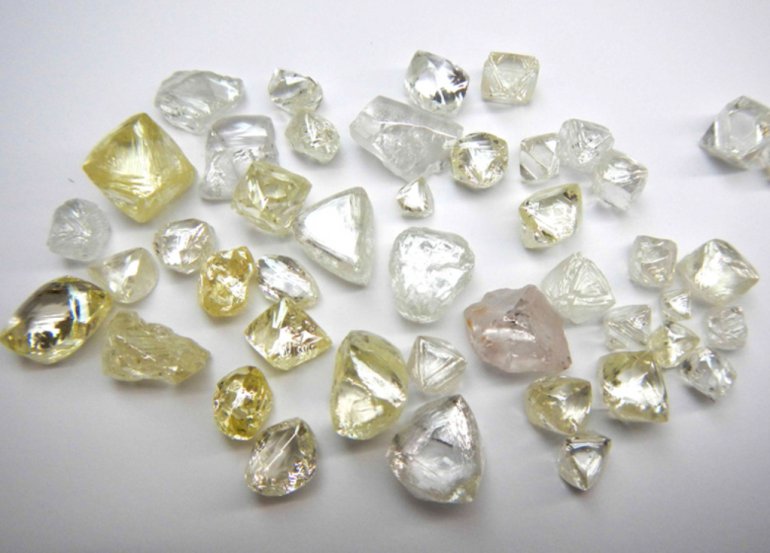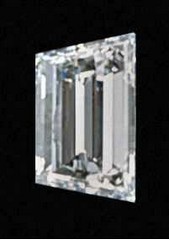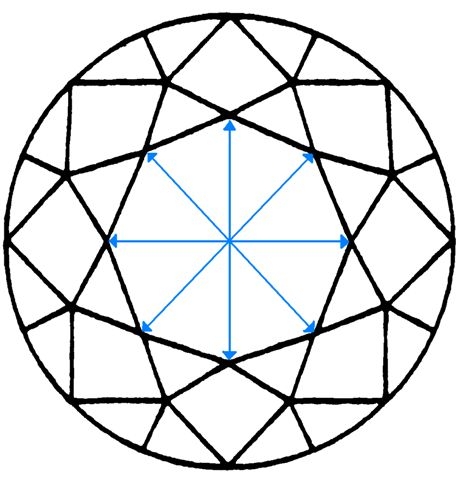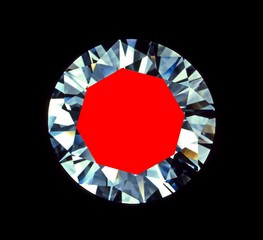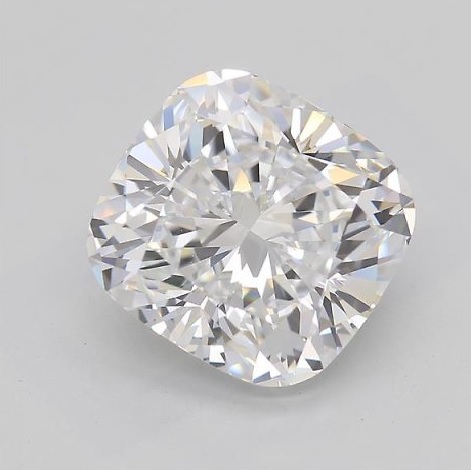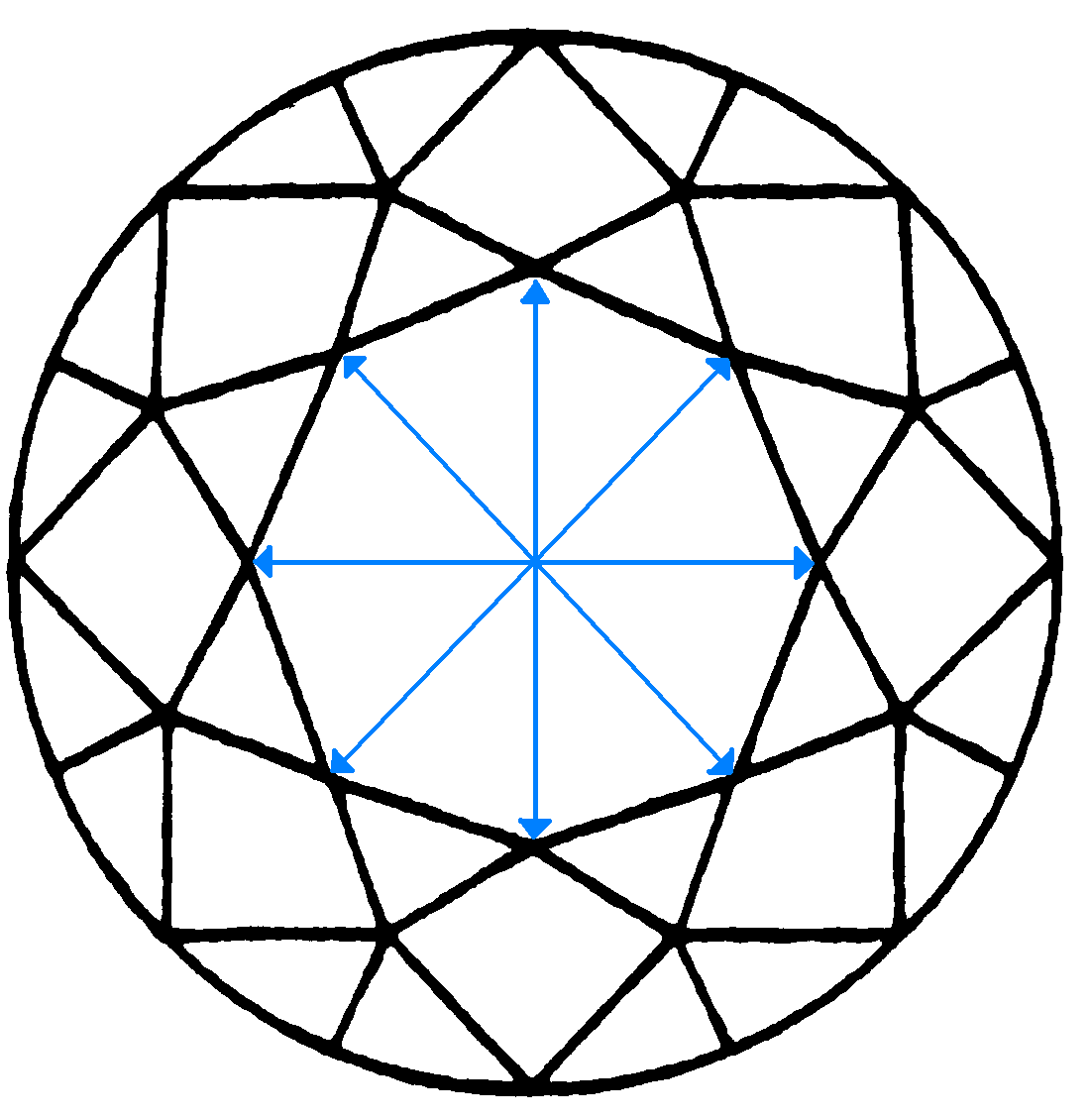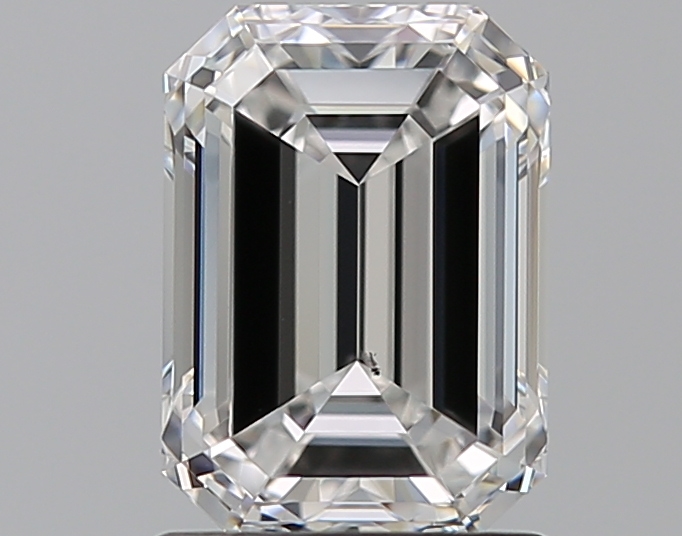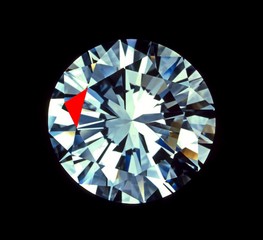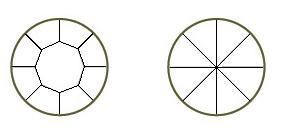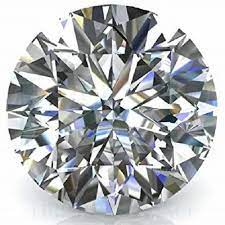Tone refers to the degree or depth of colour in a diamond, specifically indicating its lightness or darkness. It is one of the three main factors used to grade the colour of diamonds, alongside hue (the actual colour) and saturation (the intensity of the colour). Tone plays a significant role in determining how the colour of a diamond appears and contributes to its overall beauty.
In the context of coloured diamonds, tone describes the extent to which the diamond’s colour approaches white on the light end of the scale, or black on the dark end. This gradation allows for a more nuanced understanding of the diamond’s colour, as it can help distinguish between diamonds that have a pale, subtle hue and those that have a much richer, deeper colour.
Understanding Tone in Coloured Diamonds:
Lightness vs. Darkness:
Light Tone: Diamonds with a light tone will appear closer to white or have a very pale version of their characteristic colour. For example, a light blue diamond might appear almost colourless, with just a hint of blue.
Dark Tone: A dark tone refers to a deeper, more intense colour, where the diamond will have a noticeable and striking shade, such as a deep blue or rich red. These diamonds have less of a white appearance and are generally more visually saturated with their primary colour.
Tone Scale:
Diamonds are typically graded on a tone scale that ranges from very light to very dark. The scale helps to categorise the degree of tone, making it easier to assess the overall colour quality of the diamond.
For example, a diamond with a very light tone might appear almost colourless or faintly tinted, while a dark tone would exhibit a much more vivid, intense hue.
Effect of Tone on Overall Appearance:
The tone of a coloured diamond influences how the colour is perceived by the naked eye. A diamond with a light tone may appear subtler or more delicate, while a dark tone may seem more bold and vibrant.
Diamonds that have a medium tone tend to be the most desirable for many coloured diamonds, as they strike a balance between richness of colour and visual appeal. Too light a tone may result in a lack of colour intensity, and too dark a tone can sometimes make the diamond appear more opaque, reducing the brilliance and sparkle.
Tone in Coloured Diamond Grading:
The grading of a coloured diamond takes into account all three key aspects—hue, saturation, and tone—to assess the overall quality of the colour. When the tone is more intense or dark, it can add to the value of the diamond, especially if the other factors (hue and saturation) are also high.
For example, a fancy blue diamond with a medium-to-dark tone might be more valuable than a fancy blue diamond with a very light tone, as the deeper tone is generally more desirable in the market.
Relation to Colourless Diamonds:
Tone is not a concept that is typically applied to colourless diamonds, as their grading is based more on their lack of colour (i.e., the GIA diamond colour scale for colourless diamonds goes from D to Z, with D being completely colourless and Z showing noticeable yellow or brown hues). However, tone is crucial in the grading of coloured diamonds like pink, blue, green, yellow, and other fancy coloured diamonds.
Examples of Tone in Coloured Diamonds:
Light Pink Diamond: A light pink diamond has a tone that may be closer to white with just a hint of pink. This creates a subtle and delicate appearance, often preferred in engagement rings for a more understated, soft aesthetic.
Dark Red Diamond: A dark red diamond, on the other hand, may have a tone that is deep and intense, appearing closer to burgundy or wine. This deeper tone makes the red colour more prominent, resulting in a striking, dramatic effect in jewellery.
Medium Blue Diamond: A medium blue diamond has a balanced tone that allows the blue hue to be seen clearly while still allowing for the brilliance and sparkle to shine through. These diamonds are often considered highly desirable as they possess the ideal balance of tone and saturation.
Impact of Tone on Diamond Value:
Light Tone: Coloured diamonds with a light tone (closer to white) may be less valuable than those with deeper, more saturated tones, as they have less of the characteristic colour that makes the diamond unique. For example, a light yellow diamond may be less expensive than a canary yellow diamond.
Dark Tone: While a dark tone can sometimes enhance the colour of a diamond, it can also diminish its brilliance if the tone is too dark. A diamond that is too dark in tone may look more opaque and lose some of the sparkle that is typically associated with diamonds.
Medium Tone: Diamonds with a medium tone often offer a desirable balance, providing enough colour intensity while still allowing the light to pass through and reflect off the facets. These diamonds tend to be the most sought-after, with a strong visual presence without overwhelming the viewer.
Tone plays a crucial role in determining the appearance and value of a coloured diamond. It refers to the lightness or darkness of the diamond’s colour and can range from very pale to very dark. When evaluating a coloured diamond, tone, alongside hue and saturation, is considered to determine its overall colour quality. The ideal tone depends on the type of coloured diamond, with many people preferring diamonds with a medium tone for their balance of colour richness and brilliance.
